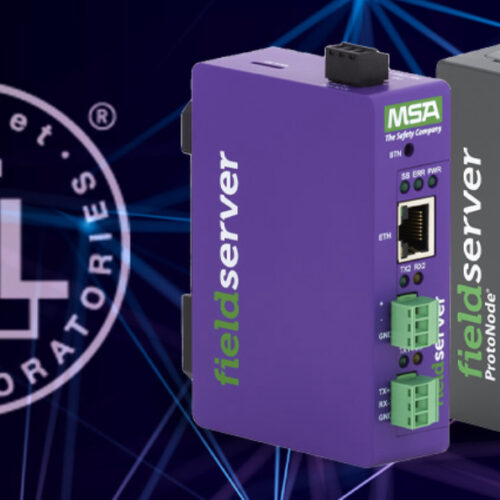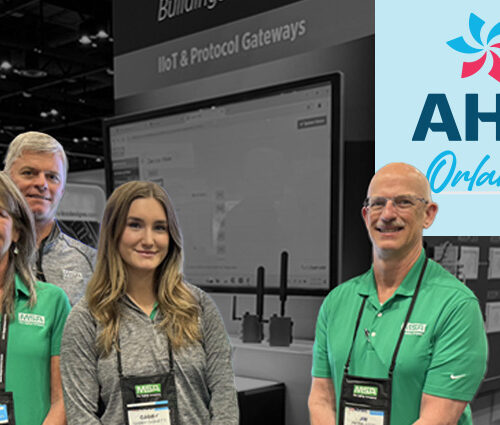
Commercial building owners and property managers face a number of fixed and non-fixed fees that cut into their profits and increase their bottom lines. These can include maintenance costs, cleaning costs, property taxes and upkeep of the grounds around their buildings. However, according to ENERGY STAR, the joint Environmental Protection Agency (EPA) and Department of Energy (DOE) program that promotes energy efficiency, one of these costs stands head and shoulders above the rest:
Energy use is the single largest operating expense in commercial office buildings, representing approximately one-third of typical operating budgets and accounting for almost 20 percent of the nation’s annual greenhouse gas emissions.
Of the many different systems and devices in a commercial office building that may consume energy, the largest energy consumer is inarguably heating, ventilation, and air conditioning (HVAC). According to a 2015 report by the DOE, HVAC accounts for 35 percent of total building energy usage. The next largest consumer of energy is lighting, at just 11 percent.
This means that getting HVAC costs under control can have a significant impact on overall energy costs and help reduce the operating expenses for commercial buildings. That’s an attractive proposition for building owners, who are either paying that expense out of pocket to the detriment of their profits, or passing that expense on to their occupants, raising the cost to lease their space and making it difficult to compete in the marketplace – especially in places where commercial real estate vacancy rates are high.
But getting HVAC costs under control can be challenging. A building owner could simply turn down their systems during the hottest and coldest months of the year to obtain savings, but those savings would come at the cost of occupant comfort. Just a few days of insufficient heating or cooling could result in occupant complaints and – eventually – high turnover rates.
To make balancing the comfort of occupants and the cost of HVAC easier, Cortex launched a building analytics software solution that harvests and analyzes the data being generated by the HVAC devices and sensors in a building. Utilizing this data, the Cortex solution takes advantage of the advanced analytics and machine learning to generate actionable insights and intelligence that enables building owners and property managers to better manage their HVAC systems – allowing them to keep occupants comfortable while still cutting the energy usage of their HVAC systems and devices.
The Cortex application is so effective that it is currently in use by some of the largest and most recognizable property management companies, including: Savanna, CBRE and Empire State Realty Trust, which has saved approximately $800,000 per year in energy costs utilizing the Cortex solution in New York City’s iconic Empire State Building.
But, for the Cortex solution to function, it needs the ability to harvest device and temperature data from HVAC systems and sensors around the building. And that’s where a gateway solution becomes necessary.
Challenge
When entering or working with a new building for the first time, the Cortex team is literally going in blind – with little knowledge of which HVAC systems are in use and what sensors are present. The company also needs to get the data from those unknown devices – through the building management system (BMS) – if its application is going to be able to analyze it and deliver actionable insights to the user.
To accomplish this, Cortex was using one particular gateway solution, but that product was discontinued and became unavailable for purchase. Upon beginning the search for a replacement, Cortex found the MSA FieldServer BACnet IoT Gateway and decided to standardize on that solution for all of its new buildings and customers moving forward.
In fact, the device checked so many boxes and met Cortex’s requirements so effectively that the company made that decision quickly and without further exhaustive testing of other solutions in the marketplace.
MSA’s Solution
Utilizing a plug-and-play FieldServer BACnet IoT Gateway solution, Cortex is able to quickly and easily integrate with a new building or new customer’s BMS solution and begin to aggregate and analyze HVAC device data. But the FieldServer Gateway does more than just make the device information available for the Cortex application – it also fills another essential unique need that Cortex has – it serves as a de-facto BACnet discovery tool.
Cortex often enters new buildings and customer relationships with little preexisting knowledge of what is there. The MSA FieldServer BACnet IoT Gateway helps tremendously with this challenge by immediately exploring the building’s BMS solution to identify what systems are there and establish connectivity to them. And it is capable of doing so right off of the shelf.
Once installed, the Gateway establishes the systems and devices that are present in the building and allows Cortex to pick and choose the devices it wants to monitor through an easy to use Web interface.
Working with some of the largest property management companies and operating in some of the world’s most iconic buildings, data security was also of utmost concern for Cortex. MSA’s solution also met Cortex’s stringent cybersecurity requirements as the company’s solution and device cloud have been rigorously penetration tested and certified secure.
Benefits to Cortex
- A “plug and play” IoT gateway solution that delivers the device and system data necessary for their software to deliver actionable insights to users.
- The ability to quickly and easily identify the devices and systems on the building network and easily choose which devices to monitor – even when going into a new building with little insight into what’s present.
- The rigorous cybersecurity testing and certifications required to ensure that Cortex users and customers are protected and their data is secure.
The Sierra Monitor (FieldServer) solution checked a number of boxes for us. The most critical of which is that we go into a new building without a lot of prior knowledge of what’s there. We need a BACnet discovery tool and that’s what the product delivers. Right now, FieldServer’s BACnet IoT Gateway is the solution of choice for when we go into a building. When we go in blind to a new building, we’re going in with FieldServer. It’s what we use.
Have questions? Contact us to get your questions answered or to schedule a demo. Visit our website to learn more.





